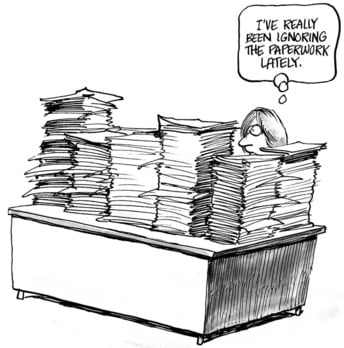 Work in Progress (WIP) In kanban, the Stories that the Team is currently working on. (see Front Burner) Kanban, is simple work item flow for teams. The word kanban is a Japanese word that comes from Toyota and translates as card. Kanban was used by Toyota manufacturing to limit inventory in production. The word kanban was lifted by the English Speakers (mostly USA) software community to describe a set of practices around limiting software work in progress. The notion of limiting work in progress has been around since the early days of piece work (early 1900’s) and before.
Work in Progress (WIP) In kanban, the Stories that the Team is currently working on. (see Front Burner) Kanban, is simple work item flow for teams. The word kanban is a Japanese word that comes from Toyota and translates as card. Kanban was used by Toyota manufacturing to limit inventory in production. The word kanban was lifted by the English Speakers (mostly USA) software community to describe a set of practices around limiting software work in progress. The notion of limiting work in progress has been around since the early days of piece work (early 1900’s) and before.
There are some common questions around WIP, Scrum and Kanban (the main idea in kanban)
- When you use a WIP is the sprint still there?
- Why limiting WIP important in scrum?
- Are scrum and kanban significantly different?
- Can the elements of Scrum and WIP be blended?
Good questions, with good answers, as follows:
- The Sprint still defines the major Review Cycle. The Team still reviews the results of the Sprint with the Stakeholders on a consistent cycle. As usual, there is no partial credit in Scrum, so only the Stories that were completed in the Sprint get reviewed. The Stories that are still in the WIP at the end of the Sprint are not reviewed. As usual, this consistent drumbeat of Sprint Reviews is comforting to our Stakeholders, and also allows the Team to produce the Sprint-based metrics (like Velocity) the Stakeholders are used to.
- The Team still does Retrospectives at the end of every Sprint in order to improve its process.
- The Release Strategy is still modified at the Sprint boundaries, based on the Sprint Review and Stakeholder needs.
- Each Sprint still has a Planning session to choose a Sprint Goal, and it is used as guidance when the WIP is updated.
Basically, all that has changed by adding the WIP to Scrum is to change the ‘choosing Stories to work on’ portion of Sprint Planning from a batch process to a continuous one – thus becoming Leaner. The Team still does its self-organization to meet the Doneness Agreements they have agreed to – which is the crux of Scrum – and virtually everything else is the same as usual. For more read Exploring Scrum: The Fundamentals
Agile Heuristic: Disciplined scrum teams only start something new, when they finish things and have manpower available.

